@kaliphae asked me an interesting question on fertilisers. My answer got so long, that I decided to make a post about it.
The most important thing with gardening is not adding nutritions to the soil, but just not letting them escape the ground.
I already explained in my previous post, about the harm of carbon dioxide escaping the ground.
But what are the benefits of it stays underground?
Rich soil, lively ecosystem, healthy, happy plants, bigger yield and even higher nutrition level and with that of course healthy and tasty vegetables and fruits.
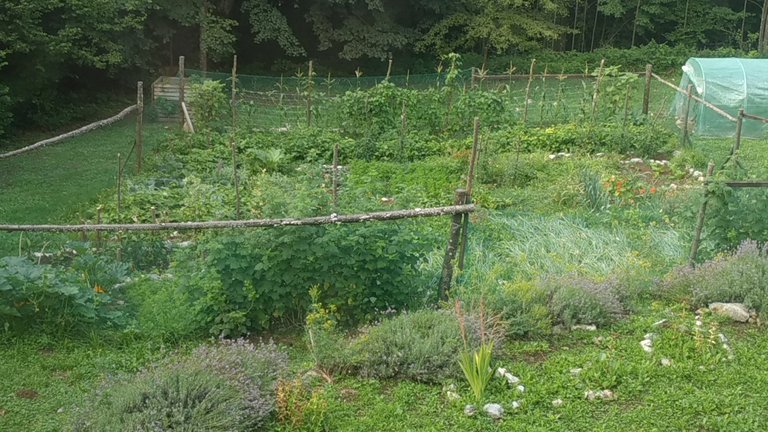
There is a whole party underneath the ground, countless numbers of tiny creatures, most of them not visible to a naked eye. All of those creatures create an ecosystem that gives plants, food to survive, even those that we usually don't wish to see in our garden.
I try to attract as many beneficial creatures to my garden, as ladybugs, worms, butterflies, moles, and try to protect the garden of unwanted creatures like snails, Colorado potato beetles, June bugs, caterpillars, mole crickets, aphids...
I plant garden protectors and helpers, around the garden as sage, nettles, rosemary, oregano, thyme, mints, lavender, calendula, St. John's wort, carnations, capuchins, sunflowers, lilies, roses and many others. I also use some of them as spices and tea. Fruit trees also attracts bees.
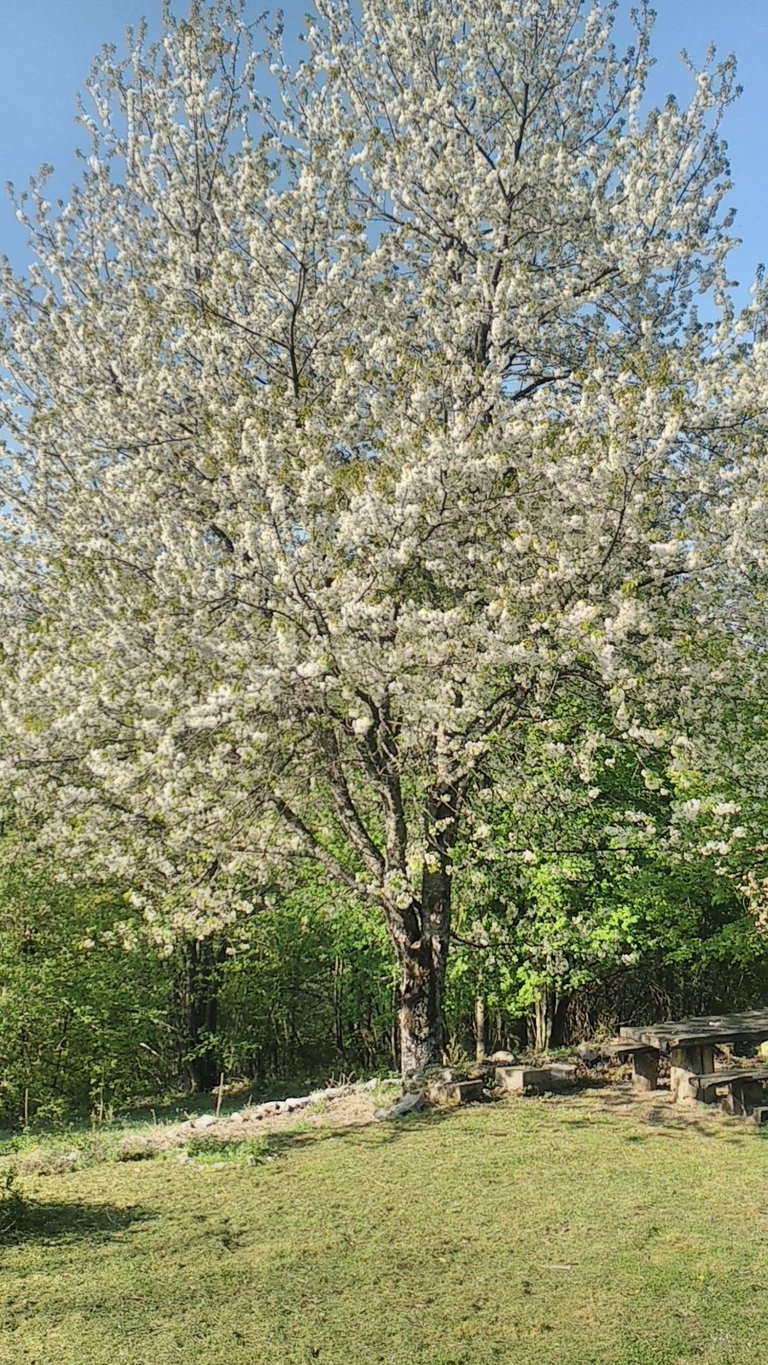
It's easy to attract bees, butterflies and ladybugs with lots of colorful, nice smelling blooms flowers and herbs. It's a real meditation to watch it also.
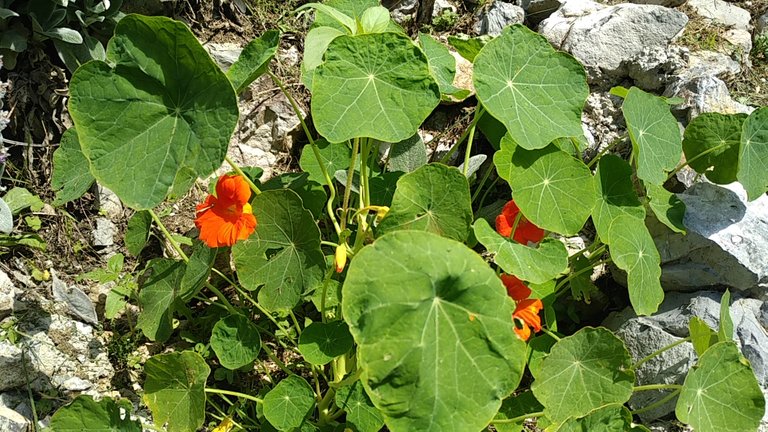
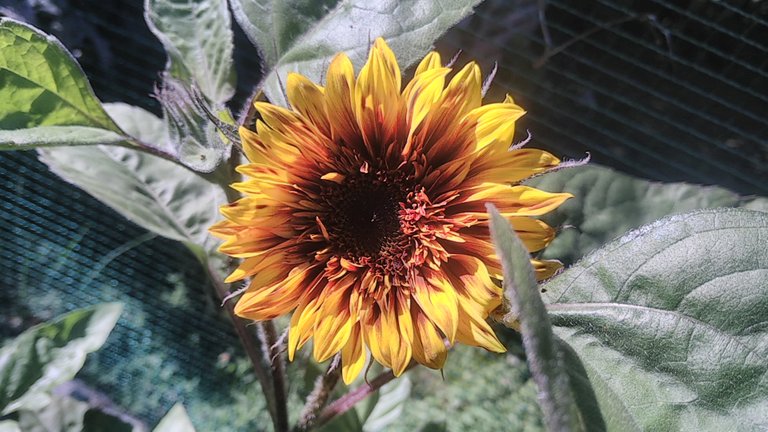
I always have a few buckets filled with water around the garden, with a few smaller pieces of wood floating on top. Bees and other flying creatures can land on the wood pieces and safely drink without drowning.
After the rain, I pick up loads of worms in a bucket and transfer them in my garden. Soon I will build a worm hotel, to get worm compost, I'm sure I will explain all about it.
I didn't try yet, but I wish to build a bug hotel this year as well.
In early spring, I pick ladybugs in a jar, when I go for a walk, and let them out in my garden. I think it's also possible to buy many of those creatures.
I try to avoid snails, by placing a layer of different kinds of natural material around the garden beds, which the snails can't cross. I really like to use eggshells for that, as it also adds nutritions to the soil, a compost layer should also keep most snails away, or a layer of straw.
With roots, vegetables, a layer of small rocks works great, as roots likes to develop into this kind of environment. You can also use wood chips, but only as a top layer, you shouldn't, dig it into the soil as the wood chips will soak in all the nutritions and you could end up with an empty soil until those wood chips get decomposed.
Snails, aphids and many other undesired creatures don't like wood ash. Wood ash is also a great natural fertiliser, as it contains loads of potassium. As a strong alkaline, it will basically turn acids into sugars, but not all plants will like it. Vegetables like peppers, tomatoes, onions, salad will really like it. Be sure not to ever use it on potatoes, or plants that like acidic soil, blueberries for example, as it might even harm them.
But most of the snails, caterpillars, mole crickets, I get rid off, just by learning how they live, watching them and simply picking them up and taking them away from the garden.
Before planting, I make a plan of the garden, planting together good neighbor plants. For example, cabbage and peas, carrots and onions, beans, pumpkin, corn and sunflowers together. I plant the seeds according to the lunar calendar.
I make compost out of my kitchen trash and layers of cut grass from around the property and also a layer of ash that the wild animals wouldn't get used to eat it.
I use any bio trash except citrus fruits, as it contains loads of waxes which naturally prevents it from decomposing. Another reason is that the plants and fruits are treated heavy pesticides that could kill bio organisms, that are the most important factor in making compost. The compost has to be cured for two years before using.
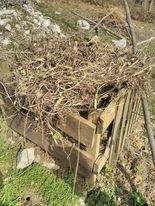
I also get cured sheep manure from a neighbor farmer.
I'm constantly adding little by little of them both on top of the soil.
You can also get rich compost in the woods, just uncover the layer of leaves and you will find black rich natural compost. Just be sure not to get it under the oak or walnut tree because those trees let chemicals into the soil which prevents other plants to grow. Its their natural protection, since they need loads of nutritious and space to be able to grow into a mighty tree.
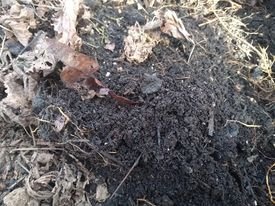
Some of that compost gets created also from the leaves that I cover my garden with for winter.
Plants like carrots, radishes, turnips or beans, don't really like more than just the rich composted soil. Potatoes don't like any fertilising or spraying at all. It only needs permeable soil, adding more soil to it in the heap. I grow potatoes outside of the garden.
For plants like tomatoes, peppers, cucumbers, zucchinis and also blooming flowers I make composted tea. I'm drinking a lot of tea and I collect used tea and teabags, or just pick up herbs around. Best tea to improve plant growth are green, black or mate tea, but don't use sage as it migt harm the balance of bio organisms.
I also collect banana peels and egg shells. I put all these ingredients in the barrel or buckets filled with water and I cover it with a lid that animals wouldn't drown inside. I leave it to ferment for about five days. On the last day of fermentation I add fresh yeast, about 40 grams to 10 liters of water.
I also add some sugars, I like to use unsweetened natural pineapple juice (1 deciliter to 10 liters of water) or a tablespoon of brown sugar or melasa (remember about the acids turning into sugars?), to 10 Iiters of water. Sometimes I add a tablespoon of Epsom salt to it, that is rich with magnesium.
Leave it to sit for another day. A twist is that it smells awful, so be sure to decide where you wish to have it before it starts fermenting. Be careful with handling it as well, not to ruin your clothes. You can use it as a spray or for watering.
Plants that need a lot of nitrogen, can be also occasionally watered or sprayed with fermented nettle tea. Ferment it for up to 12 hours if you wish to get a spray. It is used to control various types of aphids and also to strengthen the plants, to increase resistance as well as for fertilizing, as it also contains nitrogen. The spray is prepared by soaking 1 kg of fresh nettles in 10 liters of water and cutting them.
If you wish to get a strong nitrogen fertilizer, ferment the same amount for three weeks, mixing it occasionally. Mix it with water in a ratio of 1/1 before use. As with the tea fertilizer, this one also smells bad. Don't use too much of it at once and be sure to use it only with plants that likes a lot of nitrogen. Be sure to pick up nettles before they're seeding not to plant it in your garden. But it's actually beneficial for the garden if nettles are growing around the garden. They are beneficial to the soil and they are also protectors of the garden. Snails and many of the bugs don't really like them.
Nettles are edible, usually prepared as spinach or in soups, or just as tea. Nettle is also very useful in hair or skin care products.
I also make fertilizer out of field horsetail. I ferment it just as nettle fertiliser or spray. It helps the plants build a healthy immune system, or if the plants somehow got sick or hurt.
If the plants got hurt, for example by bugs or weather conditions like hail, cinnamon spray also works great. Just mix a teaspoon of it in a liter of warm water and spray the plants with it.
Two years ago, my garden got almost destroyed by hail. I tried to help the plants with this sprays and in a few days the plants already started to heal. My conclusion: don't give up, most of the plants will heal and there will still be some yield.
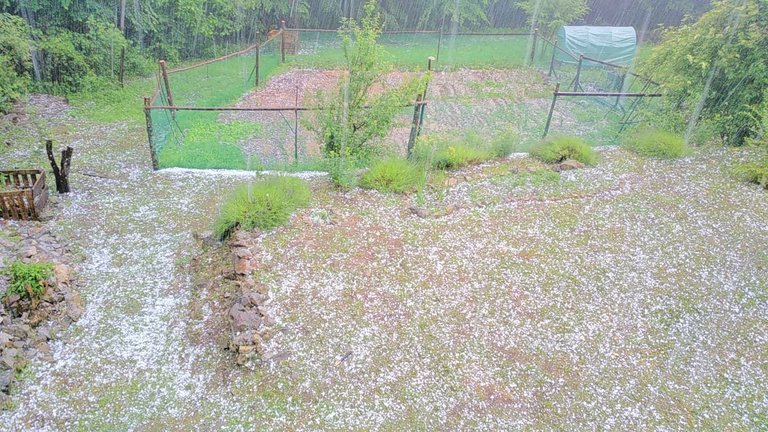
Cinnamon also helps to avoid ants. Just sprinkle a little bit in the parts of the garden where you don't wish to have them. I do that around strawberries.
If I ever get my hands on guano, for an affordable price, I do buy it. Its the only basic fertiliser, besides neem oil, I think I anyone can get in any store, that actually works. Neem oil is also great as fertiliser, or a natural bug repellant. It contains a lot of nitrogen, so be sure to use it with the plants that likes strong fertilising.
Any of this sprays only work if sprayed at the right time of the day. It's possible in the very early morning, but I like it better in the evening, when all the bees went to sleep already and the plants have enough time during the whole night, to soak the spray in the leaves.
Best for watering or to make fertilisers and sprays is rain water.
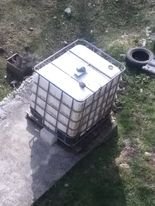
Always watch how the plants grow, if they change, when and why that happens.
It's good to write a diary with all the dates on when the plants were planted, replanted, watered, treated with something or fertilised.
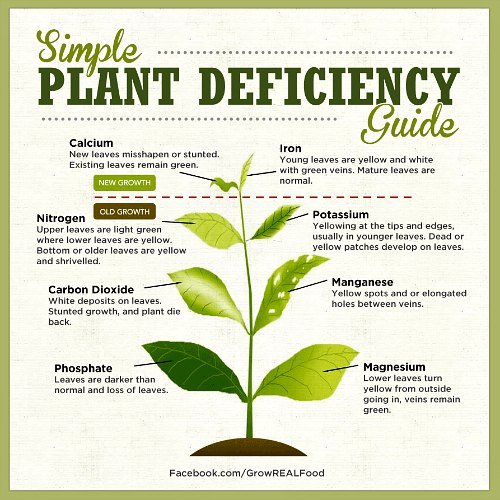
If you recognise deficiency, you can follow this pictures, comparing them to your plants and finding out which nutrients they lack of.

Thanks for the support @EwkaW and the @qurator Team!
My pleasure :)
SO much detail in this post! I do a lot of the things you do as well - it's kinda constant fertilising isn't it? You're always looking for what to put in the soil in organic ways. I'm a huge fan of comfrey tea.
Yes, exactly! It needs to be constant, but in small amounts, following the order of nature.
I didn't know it's called comfrey tea, thanks for the info.
Manganese deficiency can sometimes turn certain leaves purple (especially cough cough...weed)
Super duper great post!
Haha, don't we go crazy with our inside gardens? We can spot the slightest difference in our plants :)
But growing outside is easier anyway, as the plant will grow bigger roots and be able to get food from far away...
Thanks for stopping by @edprivat!
My pleasure!
I have a questio, do you auto fem or normal?
I have a plant that looks "maly" but I haven't started to trigger flowering yet, I might need some help to detect early signs (which would be the thickness of the stem, and the space between internodes of the plant, female plants tend to have shorter space between nodes)
I usually use fem or auto indoors, outdoors I use my own regular seeds. I try to find all the males and take them out of my gardens during the first week of flowering.
Its possible that a plant become hermaphrodite. Usually it happens, if the plant went through some stress, also some genetics are more prone to hermaphroditism than others. They may appear in clusters, or they may occupy one or more separate branch.
I noticed that the stem of the female plant is thicker, somehow stronger, when the male plants stem is kind of hollow. Male plants usually grow more space between the nodes. It's what I call palm tree 😅 If you go a few steps back and look at the whole garden, you may notice the plant that "sticks out" those are usually male.
When the flowering is triggered I watch the suspicious plant closely and as soon it clearly indicates sex I take it out. Males usually indicate earlier than females. They only need to be taken out before the petals in a male flower appears.
Until now my plants didn't yet get pollinated.
I used this method for many years and lots of pest and disease problems. Once I started soil testing and adding the missing nutrients in a balanced way, the pest and disease problems melted away. Adding a comprehensive soil test, one that includes many micronutrients, is a good addition to a gardening schedule at the end of the growing season.
Very interesting what said. I never had my soil tested, I will look into that.
Thank you for a generous advice @goldenoakfarm!
Waaaaaa THANK YOUU SO MUCH, I finally got time to read your post! 🥰 We've been working in the garden the past days, and I had to laugh when I read about the worm hotel as I crossed so many today, they became my buddies ha 🤭 Amazing ideas and tips you outlined here, such a valuable post, Bless you! 🤗🙏🏽🌻
Worms are really best buddies in the garden! 😆👩🌾💐